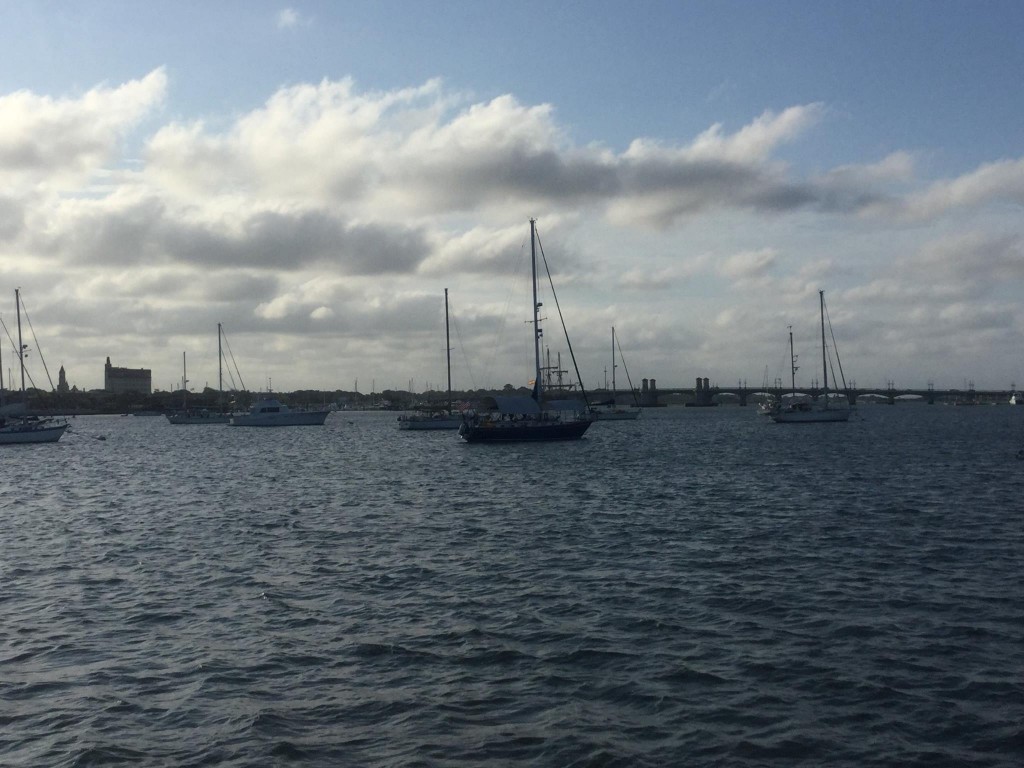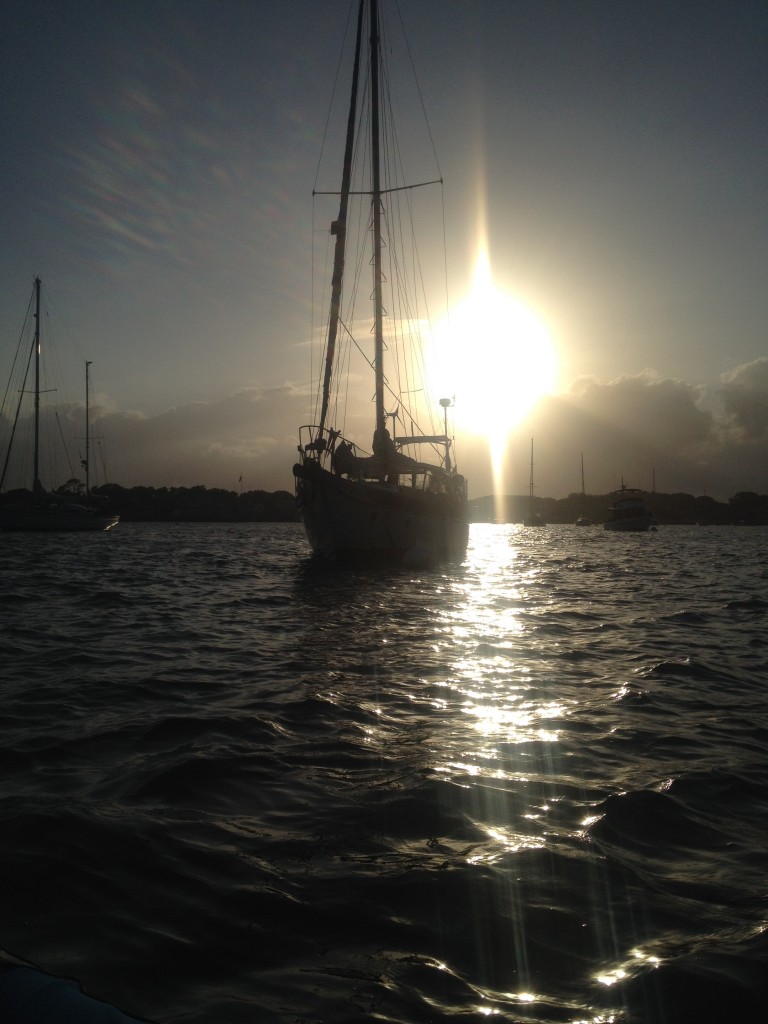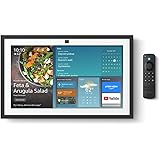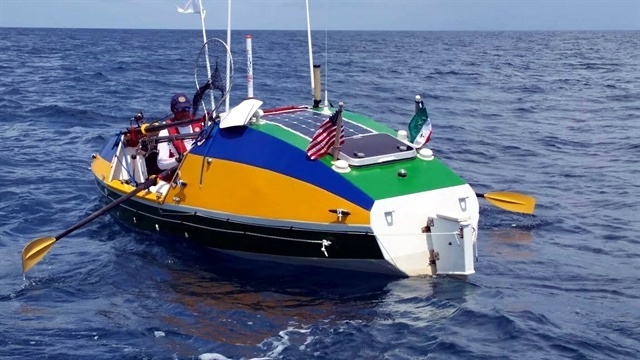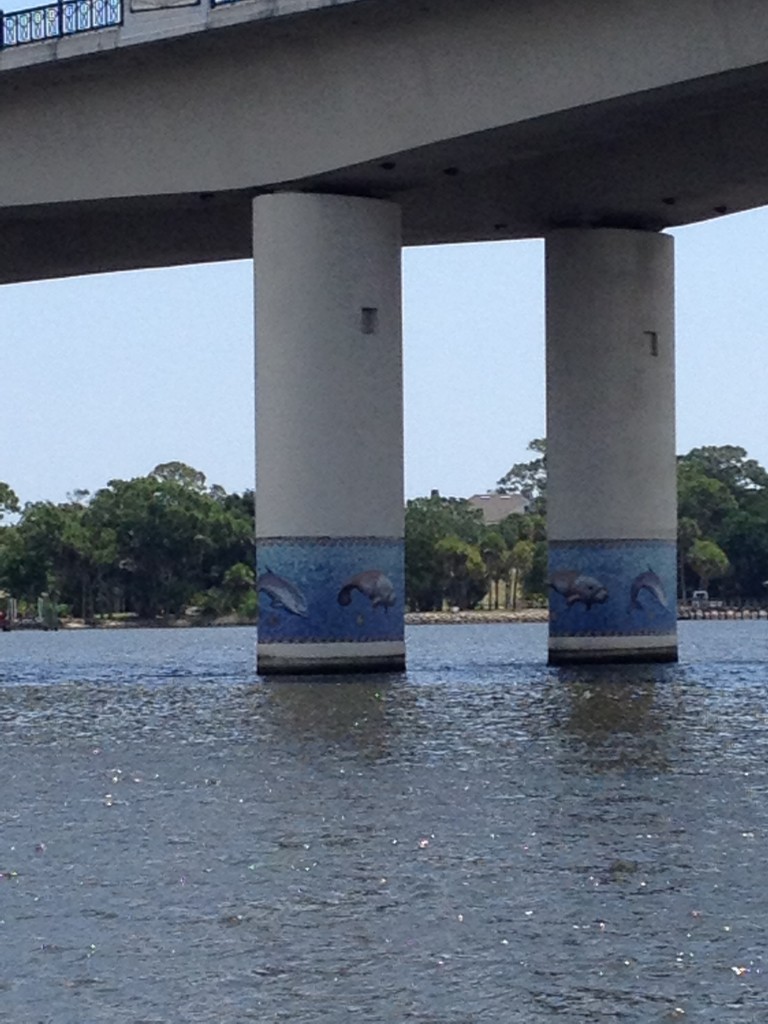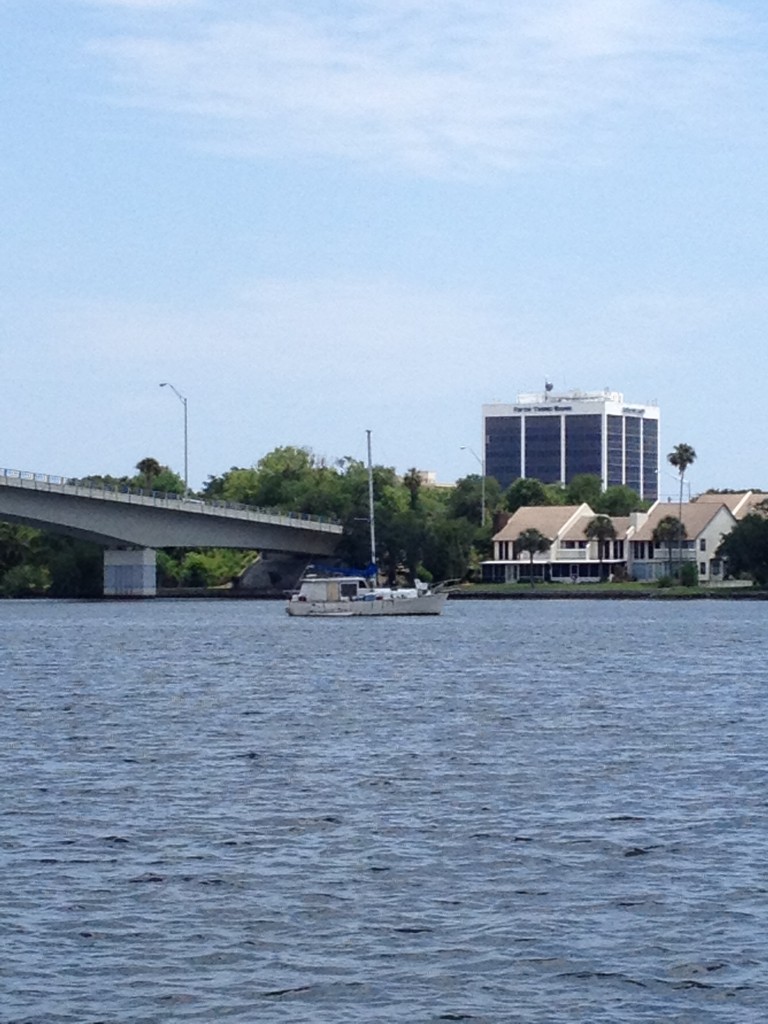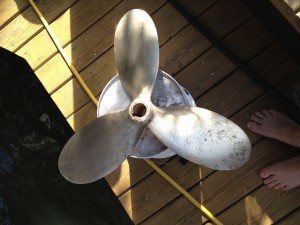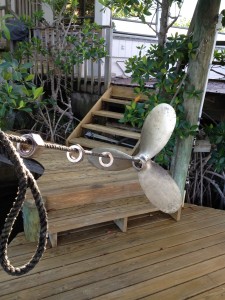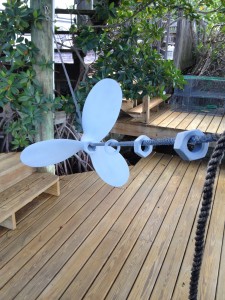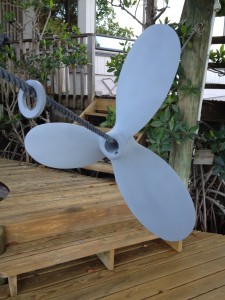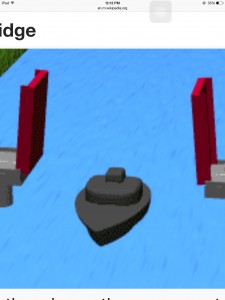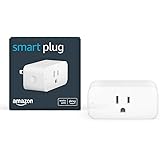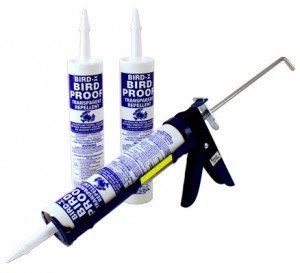Recently, while staying at a marina that allowed the general public to roam the transient docks…….we had quite a stream of people who were interested in Kitty Hawk and what type of vessel she is. There were several small children who I overheard asking their parents if she was a “pirate ship”. A few groups even stopped to take photos in front of her bow. That’s one of the things I like about the CSY design. The hull shape, raised aft deck and the unique scrolled “mustache” make them memorable boats. A lot of the passersby stopped and talked to us. Several of these short conversations ended with the “How did you afford to do this?” question. Over the years of being the person asking this question, to now being the person of whom the question is being asked and seeing the number of posts in the forums and other online venues, I thought a post about this topic was in order.
Most people are obviously uncomfortable asking this question of someone they have met just thirty seconds prior. You can almost see it in their face right before the words come out of their mouths. It is generally considered rude or invasive to ask such things, but their desire to form a knowledge base and evaluate their own planning in a short conversation overrides their basic inhibitions about asking. I don’t mind necessarily, it seems logical enough and I like helping people anyway so, I answer as honestly as I can. I didn’t fully realize it until the first time I was asked this question face to face and I thought “How did we pull this off?”…..I know we had a plan and a goal but after a couple of decades, the logistics of how it happened get fuzzy…..
I have now worked out an answer that seems to satisfy most people who ask and give them a little hope for their own goal…..
We’re not rich….I’m not rich…my wife isn’t rich and we didn’t come from any family money or have any other rich relatives. There won’t be anyone there to financially “pick up the pieces” should we have a failure that destroys the boat or seriously injures one of us. We are our own safety net and that idea takes some getting accustomed to. We didn’t “strike it rich” in the stock, commodities or real estate markets. We had jobs, worked hard and saved. We made career and life choices that were, at times, risky and might have ended the dream before it began but we had a plan, evaluated the risks and benefits then acted accordingly. Neither of us ever made more than $100,000 a year. What we did do was form a habit of always “paying ourselves first” by contributing to our boat fund and retirement accounts as much as we could and doing so regularly for over 20+ years. We also limited our expenses and avoided buying new cars, new houses or other things we didn’t absolutely have to buy. We didn’t always take a vacation. We always bought used cars, bought the cheapest houses in the best neighborhoods we could afford and after two decades of sweat equity improvements we sold the house, paid cash for the boat, slip and invested the rest to fund our cruise kitty and retirement accounts. We also didn’t buy a new boat. We bought, what we believe, is the most solid and capable boat with the best modern amenities and upgrades that we could afford. There are a vast number of solid, suitable cruising boats out there that have been refitted with modern gear and are available for one third or even one fourth of the price of a new boat with no cruising gear. That’s not to say that there is anything wrong with a new boat…if you can afford it……but I don’t like to buy new cars either.
There are also different ways to succeed at this dream. Not everyone needs, or wants, to live on their boat full time. Not everyone wants or needs to go offshore to feel like, or be, a sailor. We spent weekends living on our Hunter 23 on a lake for several years and that was a great way to live the dream very, very affordably, while still having a land based life. Don’t get caught up in the idea that you have to do exactly what we are doing to enjoy the sailing life.
Amazon Fire TV Stick 4K Select (newest model), start streaming in 4K, AI-powered search, and free & live TV
$24.99 (as of December 28, 2025 19:50 GMT +00:00 - More infoProduct prices and availability are accurate as of the date/time indicated and are subject to change. Any price and availability information displayed on [relevant Amazon Site(s), as applicable] at the time of purchase will apply to the purchase of this product.)Amazon Fire HD 10 tablet, built for relaxation, 10.1" vibrant Full HD screen, octa-core processor, 3 GB RAM, 32 GB, Black
$139.99 (as of December 28, 2025 19:50 GMT +00:00 - More infoProduct prices and availability are accurate as of the date/time indicated and are subject to change. Any price and availability information displayed on [relevant Amazon Site(s), as applicable] at the time of purchase will apply to the purchase of this product.)Amazon Kindle Case, Thin and Lightweight, Foldable Protective Cover - Fabric
$25.59 (as of December 28, 2025 19:50 GMT +00:00 - More infoProduct prices and availability are accurate as of the date/time indicated and are subject to change. Any price and availability information displayed on [relevant Amazon Site(s), as applicable] at the time of purchase will apply to the purchase of this product.)Amazon Kindle Paperwhite 16GB (newest model) – 20% faster, with new 7" glare-free display and weeks of battery life – Black
$159.99 (as of December 28, 2025 19:50 GMT +00:00 - More infoProduct prices and availability are accurate as of the date/time indicated and are subject to change. Any price and availability information displayed on [relevant Amazon Site(s), as applicable] at the time of purchase will apply to the purchase of this product.)Roblox $50 Physical Gift Card [Includes Free Virtual Item] [Redeem Worldwide]
$50.00 (as of December 28, 2025 19:49 GMT +00:00 - More infoProduct prices and availability are accurate as of the date/time indicated and are subject to change. Any price and availability information displayed on [relevant Amazon Site(s), as applicable] at the time of purchase will apply to the purchase of this product.)Auto Amazon Links: No products found.





